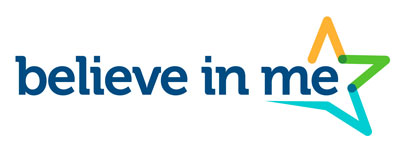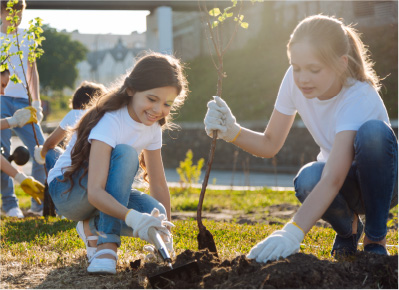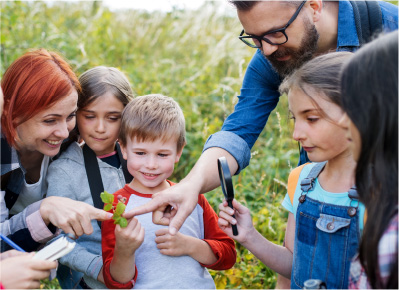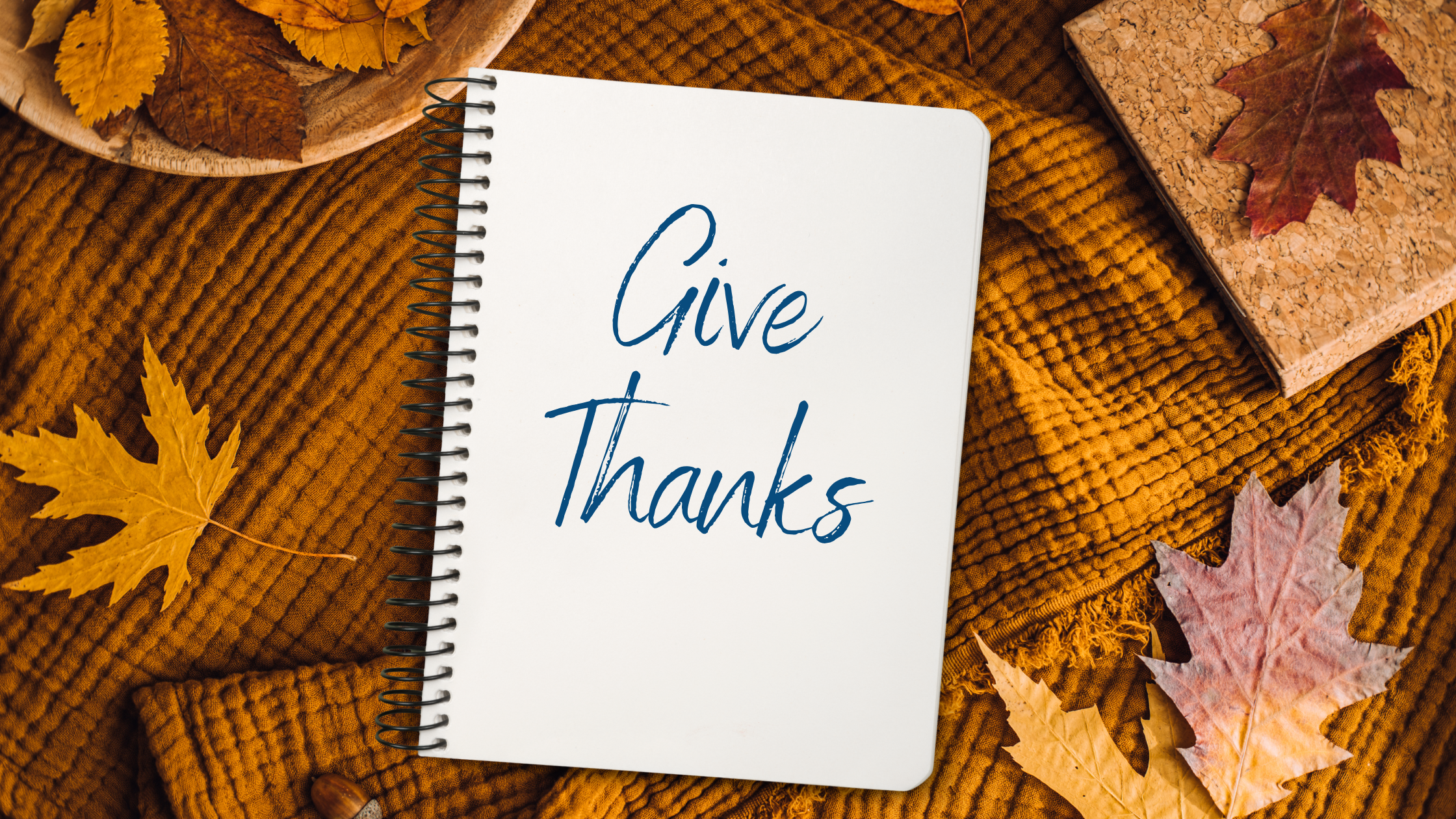Gender equality is a crucial topic today. At Believe in Me, we understand how essential it is to ensure every child has equal rights and opportunities, regardless of gender. We strive to create a safe environment for everyone. To achieve this goal and set our sights on gender equality and non-discrimination for all kids, we’re supporting the work of various local children’s charities that address this problem daily! In this blog post, you’ll discover precisely how Believe in Me is working towards creating a more equitable world for everyone. So please join us on our journey as we work together to end discrimination and equally support all children everywhere!
Equality is a human right. This fundamental human right ensures that girls and boys, and women and men, can enjoy the same privileges. However, we see individuals violated daily by social dogmas, beliefs, marginalization, and even policies. In this blog, we will focus on one kind of inequality: Gender inequality.
Understanding the Differences Between Gender and Sex
Many people confuse the meaning of gender with sex. However, the World Health Organization (WHO) explains and helps us learn how to differentiate it from sex.
“Gender interacts with but is different from sex, referring to the biological and physiological characteristics of females, males, and intersex persons, such as chromosomes, hormones, and reproductive organs. Gender and sex are related to but different from gender identity. Gender identity refers to a person’s deeply felt, internal, and individual experience of gender, which may or may not correspond to the person’s physiology or designated sex at birth.” – WHO
How You Can Recognize Gender Discrimination and Inequality When You See It
Now that we’ve cleared the differences between sex and gender, let’s dive into gender discrimination. Amnesty International explains that “discrimination occurs when a person cannot enjoy their human rights or other legal rights on an equal basis with others because of an unjustified distinction made in policy, law, or treatment.”
Sadly, this type of discrimination often is rooted in personal ideas or cultural beliefs about what gender is and the way gender should look. Thankfully, we don’t have to sit by and watch as gender discrimination continues. Keep reading to understand the difference between gender inequality and discrimination.
Understanding The Differences Between Gender Inequality with Gender Discrimination
Gender inequality and gender discrimination are two different issues, but they can be linked together. Gender inequality is the lack of equal opportunities and resources due to gender. Gender discrimination, therefore, is the act of prejudicial treatment based on a person’s gender. On the one hand, gender discrimination may occur in any aspect of life: education, employment, politics, and healthcare. On the other hand, gender inequality may lead individuals to experience gender discrimination. By acknowledging both concepts and working diligently to ensure fair treatment for all genders, we can progress toward closing the gap between genders.
In 2022, the World Economic Forum presented the index for the Global Gender Gap, with 146 countries covered in this study. The results show gender equality has covered a distance of 68,1% on a scale of 0 to 100%. So in an average of 132 years, society will reach full equality between genders. Don’t get dispirited. The US is number 27 on the list of gender equality, but we can keep improving as a nation!
Why It’s So Important To Promote Gender Equality and Non-discrimination
Gender equality is essential for a peaceful, prosperous, and sustainable future. Everyone must promote equal rights, resources, opportunities, and protections for all genders. From the start, we need to empower the younger ones with the tools and skills they need to be positive entities in the community and throughout their lives.
Promoting gender equality is essential to protecting children and ensuring their rights. In addition, it’s a great way to reduce abuse, neglect, violence against girls and boys, and any other discrimination that are reflections of existing gender inequalities in society.
Organizations in Washington, Oregon, and Idaho That Are Helping Promote Gender Equality
Slingshot: 80% of students participating in Slingshot qualify for Free/Reduced lunch, 60% of students coached by Slingshot identify as non-white, and there are equally participating males and females. Slingshot works with 35 pregnant and parenting teens at Lumen.
Odyssey Youth Movement: Odyssey serves Lesbian, Gay, Bisexual, Transgender, Queer, and Questioning youth ages 13 to 18 and young adults ages 18 to 24. Nearly 2/3 identify as transgender or non-binary, and more than half are neurodivergent.
The Jonah Project: Serves the children falling through society’s cracks of sex trafficking and exploitation. They often serve foster youth, the homeless, and the LGBTQ populations.
Spokane Hoopfest: Their youth basketball league aims to serve historically limited populations. Specifically, kindergarten and 6th grade are getting opportunities to participate, specifically girls and kids from low-income neighborhoods.
Washington Youth Soccer Foundation: Washington Youth Soccer Foundation serves youth from underserved communities. This community includes girls and boys from low-income households, BIPOC youth, and youth living in rural communities.
Believe in Me is Challenging Gender Discrimination and Promoting Gender Equality
Gender equality is a right for everyone, including kids. Believe in Me and the programs we support tackle gender discrimination and gender inequality head-on. We aim to ensure no harm comes to children and advance our vision of helping every kid develop the self-confidence they need to succeed. We must continue to work towards closing inequality gaps and minimizing the discrimination marginalized kids face.
With your support, we are building a more equal and inclusive future for children. We are helping to reduce gender discrimination by giving equal opportunities to boys and girls. We are supporting STEM programs that support boys and encourage girls in education. Thank you for helping us make a difference!






